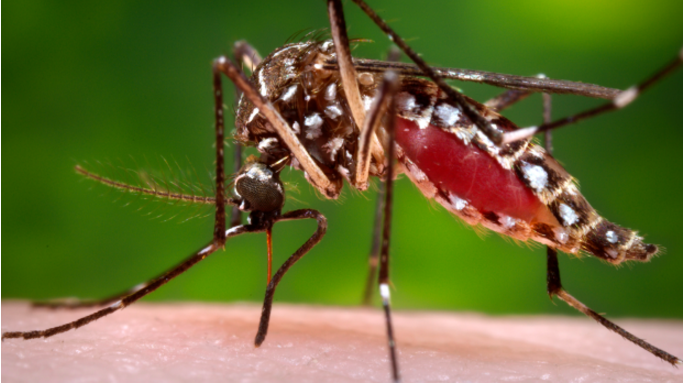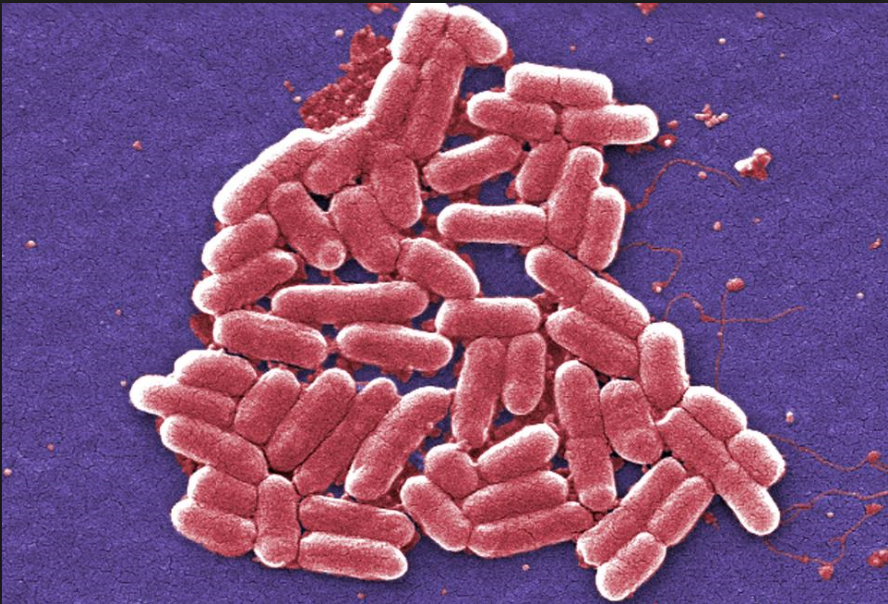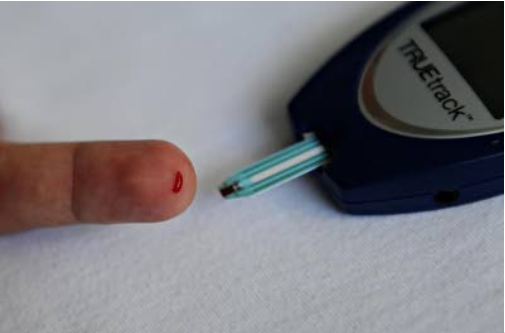How is it that some older people seem to have very youthful, radiant skin, while others have wrinkles, discolourations, and uneven skin texture?
Skin aging is the result of two different processes: intrinsic, or chronological aging, which is beyond your control, and photoaging from sun exposure, which can be prevented. The rate at which skin ages depends on many factors, including genetics, diet, lifestyle factors like tobacco smoking, hormonal changes, and environmental exposure to chemicals — and most importantly, exposure to sun.
Chronological aging: The skin is the largest organ of the body, and like other organs, it undergoes changes over time in how it functions — and since it’s visible, how it looks. These inevitable effects of time can still be seen on skin that is always protected from the sun.
Over time, skin cells reproduce more slowly, which may affect how quickly the skin heals after damage.
The epidermis, or outer layer, may become thinner, less resilient and less elastic, showing the veins below more clearly. The dermal layer, or tissue beneath the surface, also becomes thinner and more prone to wrinkling and folds. The skin’s ability to regulate body temperature, produce oil and sweat, and make vitamin D in the presence of sunlight all naturally diminish with age.
Some common problems of intrinsically aging skin include dryness, itchiness, age spots, skin tags, wrinkles, and skin cancer.
Photoaging: Photoaging is the premature degradation of skin as a result of repeated exposure to the sun’s ultraviolet rays. It is by far the major factor affecting the rate at which skin ages, but has a unique impact on the type of changes that occur.
For example, it causes a thickening of the skin, coarse texture, irregular pigmentation (like age spots), enlarges pores, and may increase the risk of problems like malignant melanomas, especially in areas most often exposed to the sun like the ears, face, hands and neck.
Photoaging also has a profound effect on the underlying dermal layer of the skin, breaking down the connective tissue collagen, causing wrinkles.
The best means of avoiding photoaging is to stay out of the sun entirely, or as a next best option, wear hats and other clothing to block the sun’s rays, and use sunscreens with a high SPF.
Sources:
Skin Care and Aging NIH: National Institute on Aging Public Information Sheet. Accessed April 23, 2012.
http://www.nia.nih.gov/health/publication/skin-care-and-aging
Read the full post in about health










